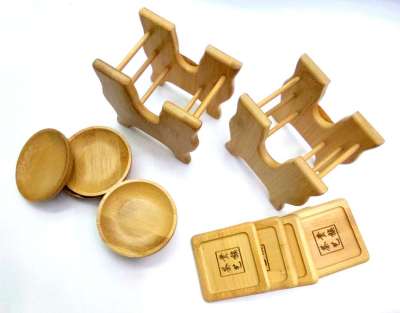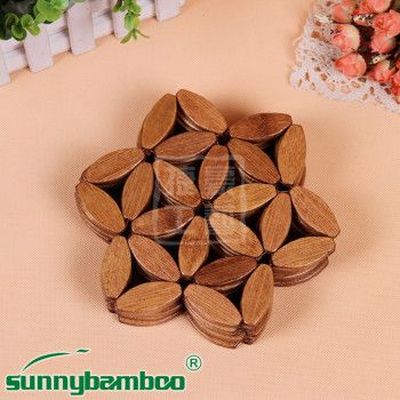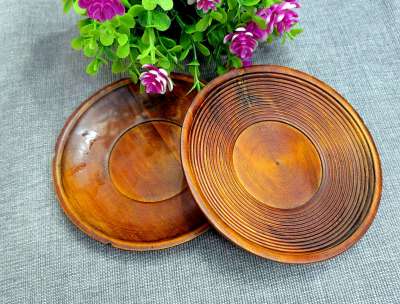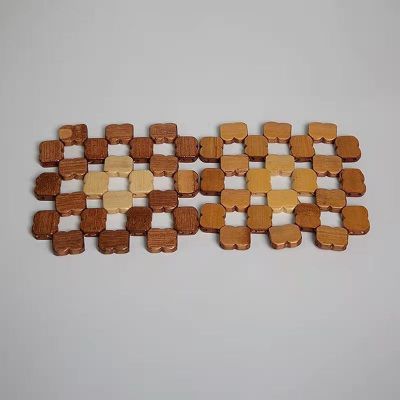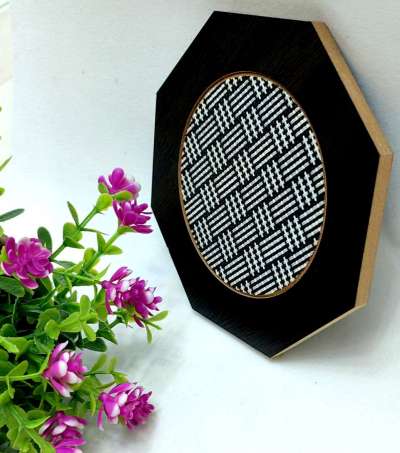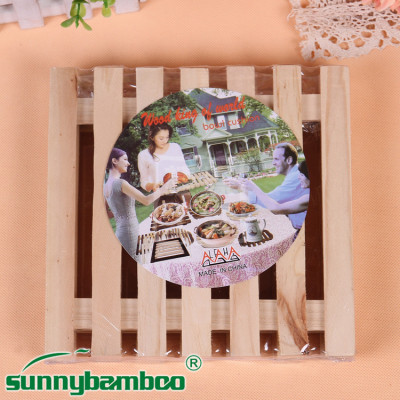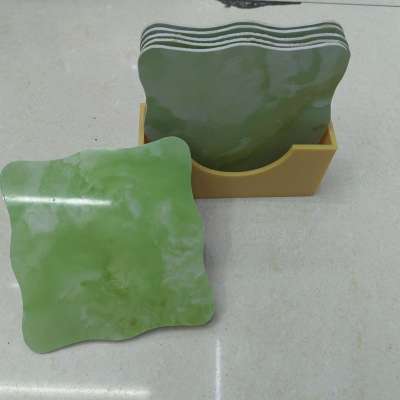The Historical Evolution of Dining Plates: Changes in Table Culture from Ancient Times to the Present
In the long river of human civilization, the dining plate, as an important carrier of table culture, not only reflects the progress of social economy, but also profoundly reflects the changes in people's aesthetic concepts and lifestyles. From the primitive tools to the dazzling array of artworks today, the historical evolution of plates is a vivid cultural epic.
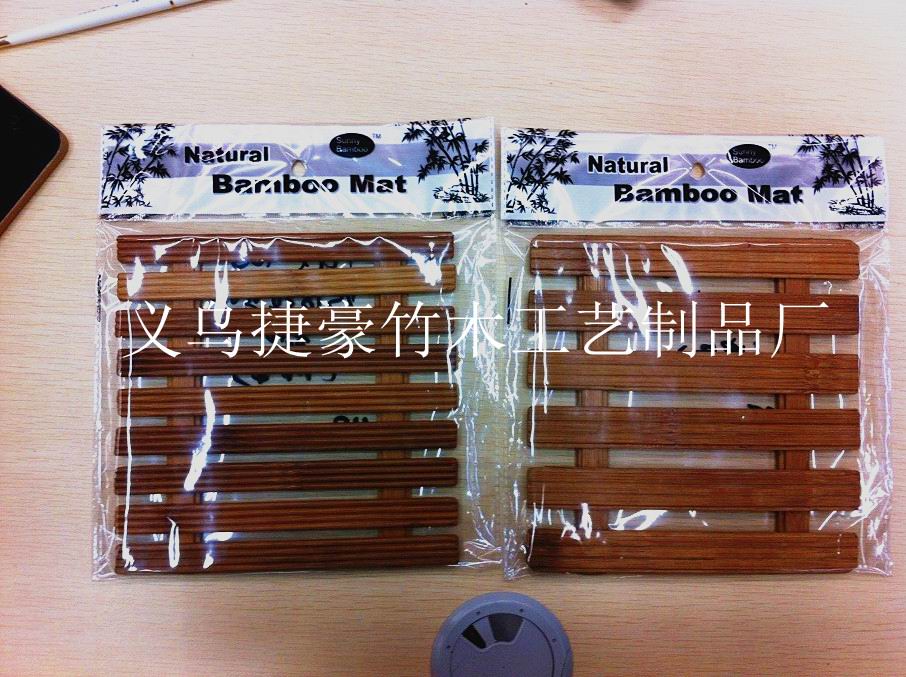
The germination and evolution of ancient plates
As early as ancient times, humans began to use natural materials such as leaves, shells, stones, etc. as containers to hold food, which was the earliest prototype of the dining plate. With the improvement of productivity, the ancestors of the Neolithic Age began to make and use pottery, marking the initial formation of plate making technology. Ceramic plates quickly became the mainstream tableware at that time due to their durability and ease of processing.
Entering the Bronze Age, the production process of tableware underwent a qualitative leap. The emergence of bronze wine and food utensils not only improved the practicality and aesthetics of tableware, but also became a symbol of social hierarchy and power. During the Spring and Autumn Period and the Warring States Period, exquisite patterns and designs began to be carved on bronze tableware, showcasing the advanced metal processing skills of that time.
During the Qin and Han dynasties, the invention of porcelain brought a new revolution to the production of plates. Porcelain, with its delicate texture and beautiful shape, quickly replaced bronze and pottery tableware and became the new favorite on the dining tables of nobles and wealthy people. In the Tang Dynasty, the emergence of gold, silver, and ivory tableware pushed the luxury of tableware to the extreme, reflecting the prosperity and wealth of society at that time.
After the Song Dynasty, the craftsmanship of porcelain tableware became increasingly exquisite, especially with the emergence of celadon tableware, which was deeply loved by literati and scholars for its fresh and elegant glaze color and shape. During the Yuan Dynasty, iron tableware and red porcelain tableware also began to enter people's daily lives, and the types of tableware became more diverse and abundant.
The diversification and innovation of modern plates
In modern times, with the development of industrialization and technology, the materials and techniques for making plates have undergone earth shaking changes. The application of new materials such as stainless steel and ceramic composite materials makes dining plates more durable, easy to clean, and environmentally friendly. At the same time, designers incorporate artistic elements into plate design, creating many practical and beautiful tableware works.
It is worth mentioning that Yiwu Jiehao Bamboo and Wood Products Co., Ltd., located on the second floor of Gate 87 in Zone 4 of Yiwu International Trade City, is a leader in the field of modern tableware production and has always been committed to the research and production of bamboo and wood tableware. The company relies on the abundant resources and convenient logistics of Yiwu Small Commodity Market, combining traditional bamboo and wood craftsmanship with modern design concepts to create a series of distinctive bamboo and wood dining plates. These plates not only retain the natural texture and environmental characteristics of bamboo and wood, but also incorporate modern aesthetic elements, becoming a highly anticipated star product in the market.
The Changes and Influence of Table Culture
The evolution of plates is also a microcosm of the constantly changing table culture. From the ancient order of hierarchy and complex etiquette, to the modern pursuit of freedom, equality, and individuality, table culture has shown different characteristics in different historical periods.
In ancient times, the dining table was not only a place for eating, but also an important platform for social etiquette and cultural inheritance. The material, shape, and placement of tableware have strict regulations and requirements, reflecting the hierarchical system and moral concepts of the society at that time. In modern society, the dining table has become more of a warm space for families and friends to exchange emotions and share life. The selection and matching of tableware also pay more attention to personalization and practicality.
In addition, with the development of globalization and the Internet, table culture also shows a trend of diversification. The fusion of food cultures from different countries and regions has brought more diverse choices and experiences to the dining table. People can learn about food and tableware cultures from around the world through the internet, and try and integrate them in their daily lives.
epilogue
The historical evolution of plates is a vivid portrayal of the cultural changes at the dining table. From primitive tools to today's artworks, the evolution of plates not only witnesses the progress and development of human civilization, but also carries rich cultural connotations and emotional memories. In the future, with the continuous advancement of technology and the improvement of people's living standards, we have reason to believe that table culture will become more diverse and closer to people's hearts.

